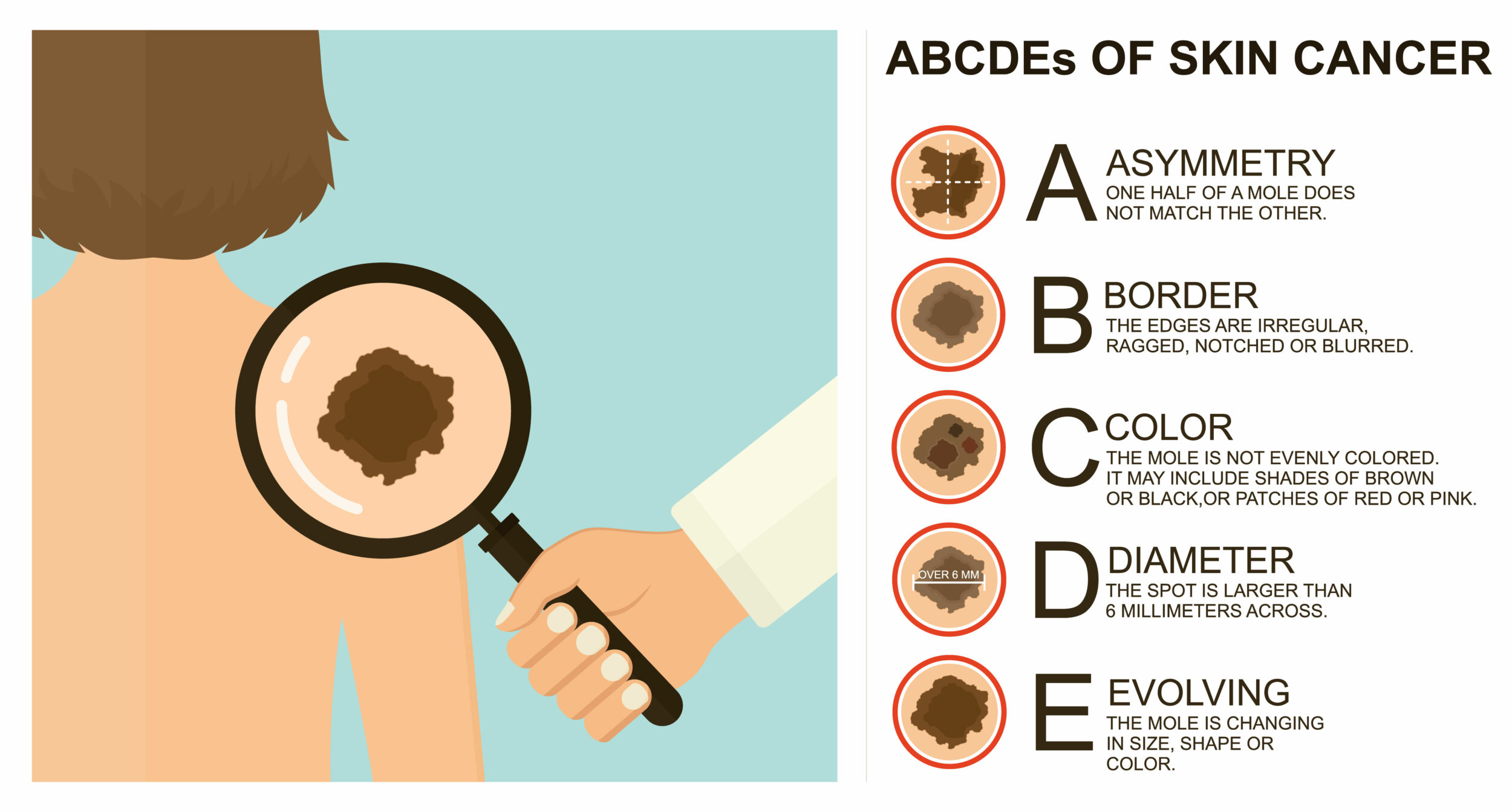
May is Skin Cancer Awareness Month, a time to raise awareness about the most common cancer in the United States. According to the American Academy of Dermatology, an estimated 9,500 people in the U.S. are diagnosed with skin cancer every day. The good news? Skin cancer is highly preventable. Below are expert-backed tips to help you protect your skin and detect issues early—along with information on treatment options available at Pacific Neuroscience Institute.
How to Prevent Skin Cancer: 5 Expert Tips
1. Seek Shade During Peak Hours
Limit sun exposure between 10 a.m. and 2 p.m., when UV rays are strongest—even on cloudy or cooler days.
2. Wear Protective Clothing
Cover up with:
- Long-sleeved shirts and pants
- Wide-brimmed hats
- Sunglasses that block UVA and UVB rays
3. Use Broad-Spectrum Sunscreen
- Apply sunscreen with SPF 30 or higher
- Look for “broad-spectrum” on the label
- Don’t forget spots like your ears, scalp, neck, and the tops of your feet
4. Reapply Sunscreen Regularly
Reapply every two hours—or more often if you’re sweating or swimming.
5. Avoid Indoor Tanning
Tanning beds expose your skin to harmful UV radiation, which significantly increases your risk of melanoma and premature aging.
ABCDE of Melanoma: What to Look for in a Skin Check
Regular self-exams are a crucial part of early detection. When checking your skin, use the ABCDE rule—a simple guide to spotting potential warning signs of melanoma:
A – Asymmetry: One half doesn’t match the other
B – Border: Irregular, scalloped, or poorly defined edges
C – Color: Multiple colors or uneven shades (brown, black, red, blue, etc.)
D – Diameter: Larger than 6mm (about the size of a pencil eraser)
E – Evolving: Any change in size, shape, color, or symptoms like itching or bleeding
If you notice any concerning changes, schedule a skin exam with your dermatologist or contact us for a referral to a trusted specialist.
Mohs Surgery & Skin Cancer Reconstruction in California
Skin cancer is particularly common in sunny states like California. Fortunately, when detected early, many skin cancers are highly curable.
In many cases, dermatologists use a technique called Mohs micrographic surgery. This precise procedure removes cancerous skin layer by layer while examining tissue under a microscope—ensuring all cancer cells are eliminated with minimal impact on surrounding healthy skin.
At Pacific Neuroscience Institute, our team of head and neck surgeons and facial plastic surgeons specializes in reconstructive surgery following skin cancer removal. These procedures aim to restore appearance and function with minimal cosmetic deformity. Most reconstructions are done under local anesthesia with the patient awake for maximum comfort and safety.
Learn more about our facial reconstructive services or schedule a consultation today.
Final Thoughts: Stay Sun-Safe Year-Round
Protecting your skin from sun damage is one of the most effective ways to reduce your risk of skin cancer. Be proactive with sun safety, perform regular self-checks, and seek medical guidance when needed.
Need help finding the right specialist? Our team is here to support your skin health journey. Contact us to learn more or book an appointment.








